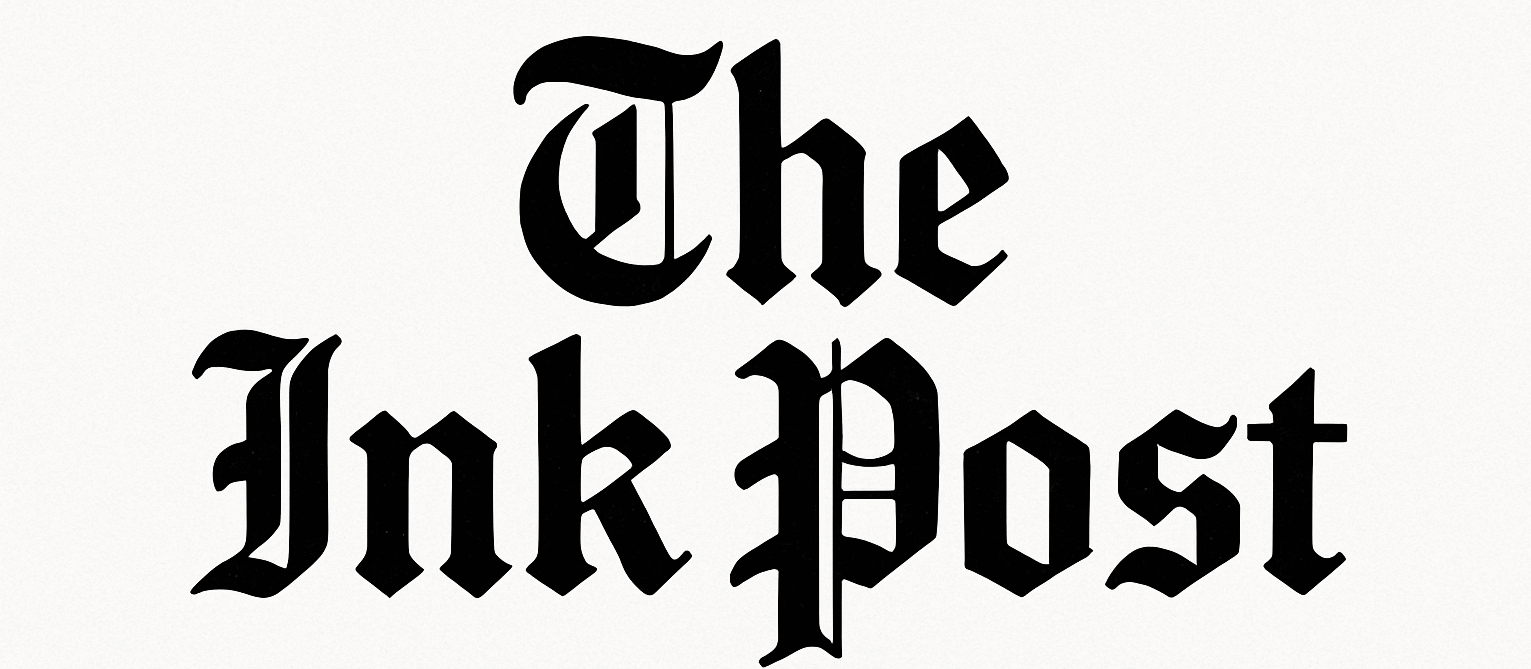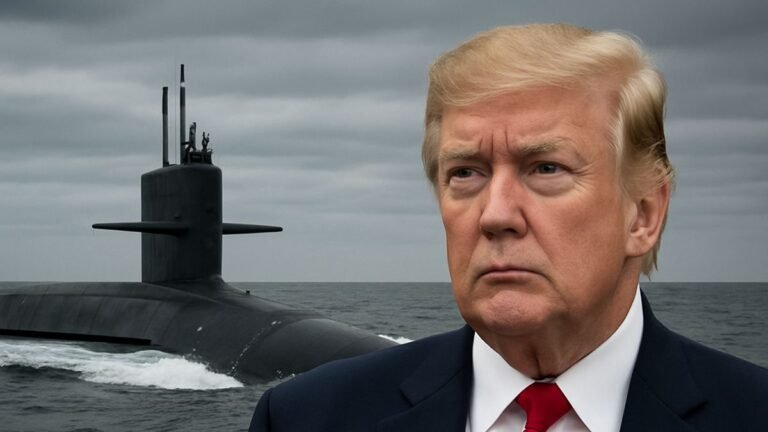Donald Trump Tariffs: When Donald Trump decides to move, he moves fast, and often with a level of impulsiveness that leaves diplomats scrambling and military strategists on edge. His recent order to deploy nuclear submarines near Russian waters wasn’t just a strategic maneuver. It was a direct response to former Russian President Dmitry Medvedev’s fiery threats, and it marked a dangerous turn in already fragile global tensions.
This isn’t just about two leaders trading barbs. It’s about how the decisions of one man could tilt the planet toward nuclear confrontation.
The “Tariff Terror” Strategy
Trump’s trade wars have never been subtle. His aggressive use of tariffs against rivals, and sometimes even against allies, has reshaped global trade relationships. But this isn’t just economic posturing. Tariffs have become part of a broader pressure campaign, one that’s bleeding into military and geopolitical strategies.
The result is that the world is edging into two hostile blocs. On one side, you have the United States, Ukraine, South Korea, and a cluster of allied nations. On the other, Russia, China, and North Korea are consolidating their influence. The middle ground is shrinking, and countries like India are being pulled toward a decision they’d rather avoid.
The Russia Factor: Medvedev’s Threats and Trump’s Response
Dmitry Medvedev isn’t shy about issuing nuclear warnings. Over the past year, he’s repeatedly rattled the saber at NATO countries, using the threat of nuclear escalation as a political weapon. Last month, he took it a step further, openly airing his personal hostility toward Trump.
Trump, never one to back down from a public challenge, answered by positioning nuclear submarines in striking distance of Russian territory. Within days, Russia announced it was withdrawing from the Intermediate-Range Nuclear Forces (INF) Treaty, a move that effectively removed one of the last restraints on missile deployments in Europe.
What the INF Treaty Meant and Why Its End Matters
The INF Treaty, signed in 1987, was supposed to end the arms race in intermediate-range missiles. The deal required the U.S. and USSR to destroy missiles with ranges between 500 and 5,500 kilometers. For decades, it was seen as a milestone in reducing nuclear risks.
Trump had already pulled the U.S. out of the treaty in 2019 during his first term, arguing that Russia had been cheating. Now, with both nations openly ignoring it, the path is wide open for a new wave of missile deployments not just in Europe, but across Asia.
The Nuclear Domino Effect
When the major powers ramp up nuclear production, smaller nations take notice. In the last few years, even countries that had little interest in nuclear weapons are reconsidering. Japan, Poland, South Korea, Turkey, and Saudi Arabia are all openly discussing, or quietly pursuing, nuclear capabilities.
This isn’t just about deterrence. It’s about survival in a world where treaties are collapsing and leaders are making unpredictable moves.
Is the World Splitting in Two?
The outlines of a new Cold War are already visible. The U.S., NATO, and a handful of Asia-Pacific allies are hardening their stance against Russia and China. On the other side, Moscow and Beijing are deepening economic and military ties while courting smaller states disillusioned with Western dominance.
India, for now, is keeping its distance. But that neutrality could become impossible to maintain if open conflict erupts. If World War III is even remotely likely, it’s worth asking: which side does India choose?
The RIC Option: A Risky Alliance
One path could be the revival of RIC, the trilateral grouping of Russia, India, and China. It existed before, but stalled after the COVID-19 pandemic and the bloody Galwan Valley clashes between Indian and Chinese forces.
If Trump’s policies keep pushing the U.S. into confrontation, India might find reasons to cooperate more closely with China, at least strategically. It wouldn’t be easy, deep mistrust remains, but geopolitics is often about necessity, not comfort.
Trump’s Isolation Gamble
In his quest to project American strength, Trump may be creating the opposite effect: isolating the U.S. from traditional allies. Europe is already drifting. Britain, France, and Canada have recognized Palestine, defying Washington’s position.
If Trump’s confrontational style continues, European nations might not just distance themselves, they could actively work to sideline U.S. influence in global affairs. That’s not a future any American president would want, but it’s one that seems increasingly possible.
The Economic Pressure Cooker
Tariffs aren’t just about trade deficits. They trigger chain reactions: rising prices, supply disruptions, and retaliatory measures. For countries caught in the middle, the economic fallout could be as destabilizing as the military risks.
In this environment, nations start calculating which alliance will offer the best security, the most stable trade routes, and the least risk of getting caught in the crossfire. That calculation is starting to happen in capitals around the world.
The Real Danger: Leaders Who Thrive on Crisis
Some leaders use crises to justify decisive action. Trump has built much of his political brand on appearing tough under pressure. Medvedev and Putin have done the same in Russia. When two or more such leaders lock horns, escalation becomes more likely than compromise.
The danger isn’t just miscalculation, it’s the willingness to accept high risks for political gain. That’s what makes the current moment so unstable.
Where This Could Lead
If the current trajectory continues, we could see a renewed global arms race, with both established and emerging nuclear powers expanding their arsenals. A hard split between pro-U.S. and pro-Russia/China blocs. Neutral powers like India being forced into formal alignments. Europe breaking from the U.S. on major foreign policy issues. Economic instability from prolonged tariff wars.
At the center of all this is a U.S. president whose style prioritizes immediate impact over cautious diplomacy.
What’s at Stake for Everyone Else
For smaller nations, the stakes are enormous. They face the risk of becoming battlegrounds, either literally or economically. In past world wars, it was often the less powerful states that suffered the heaviest human and economic losses.
That’s why so many governments are watching Trump’s moves with a mix of fascination and fear. His decisions don’t just shift the U.S. position, they reshape the playing field for everyone.
The Bottom Line
Donald Trump’s aggressive approach to both trade and security is pushing the world toward a precarious balance, one where nuclear threats, economic hostilities, and shifting alliances are feeding off each other.
If World War III ever does start, history might trace its origins not to a sudden attack, but to a series of calculated risks and bold moves by leaders unwilling to back down.
And if that happens, there’s a very real chance that Trump’s fingerprints will be all over it.
Read More: Numerology Secrets: Women of This Number Risk It All for True Love


